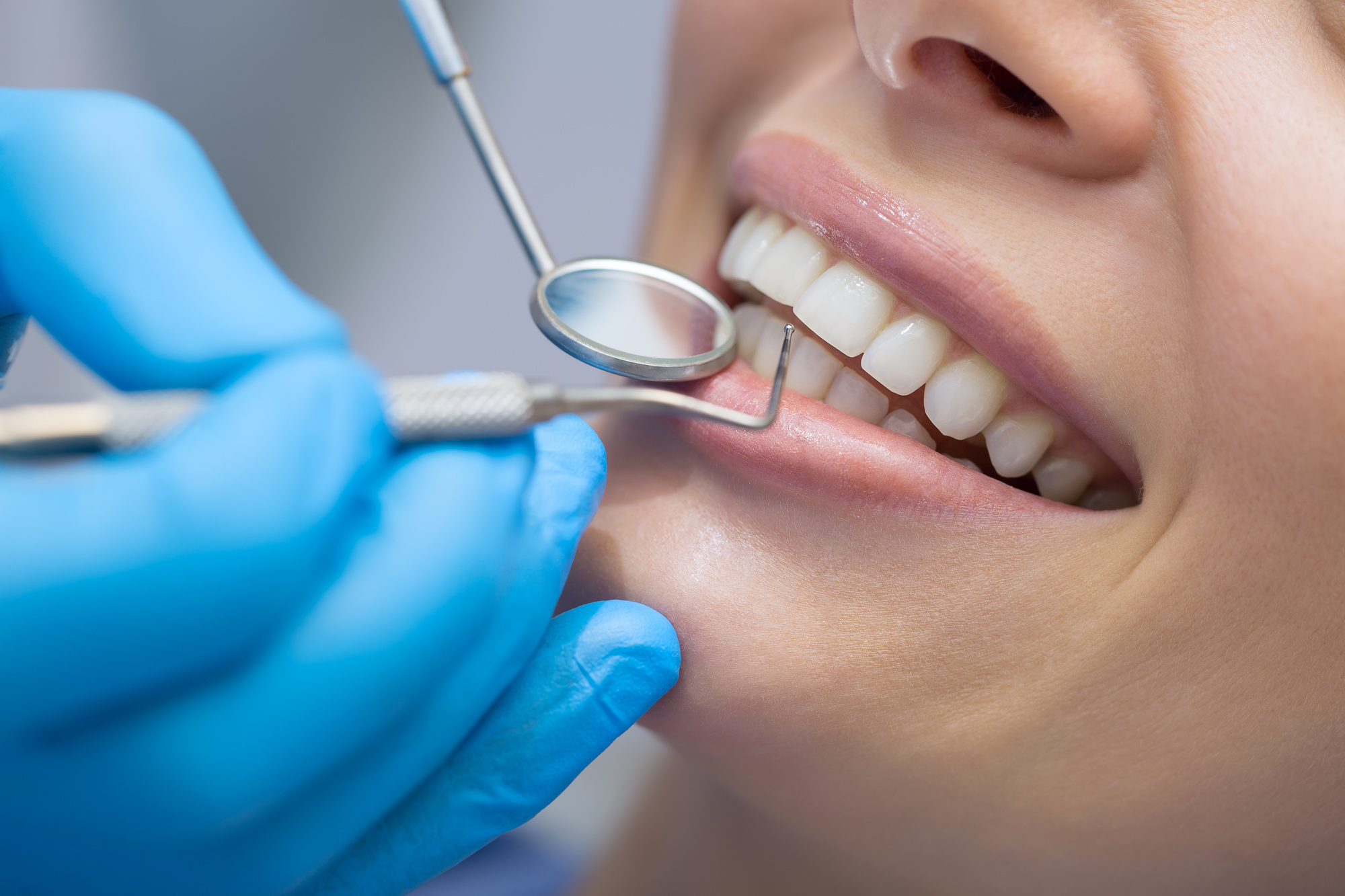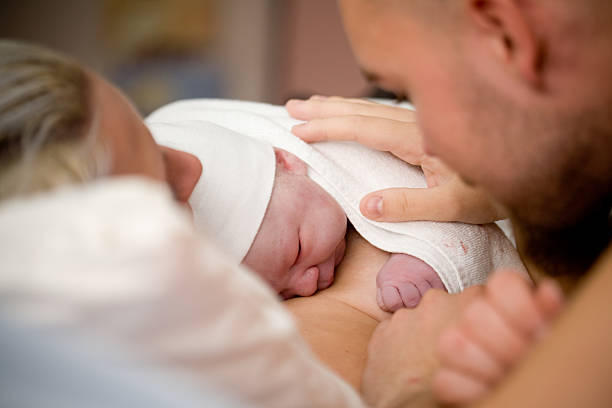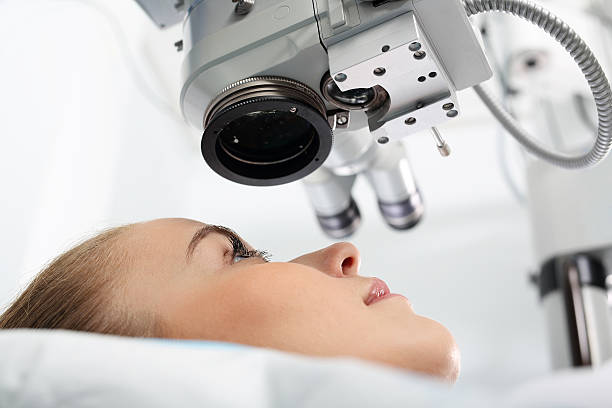Did you know that around 36 percent of the population suffers from dental anxiety? If you are not a big fan of the dentist but are wondering what types of dental cleaning tools your dentist and dental hygienist use, you are in the right place. We have put together this short guide to share the most common types of dental cleaning tools.
Keep reading to learn the ins and outs of what your dentist is using to help keep those pearly whites healthy.
Contents
1. Mirrors
One of the most important tools that a dental hygienist and a dentist uses are mirrors. These are necessary in order to examine the gum tissue and the surfaces of each tooth. It comes in super handy when they are examining the back of the mouth.
2. Saliva Ejectors
All dental offices have saliva ejectors that help suction extra saliva, blood, and water from your mouth while they are performing a procedure or cleaning your teeth. This is the best way to keep a patient from swallowing something they should or keep them from choking on their own spit.
3. Scalers
Scalers are another must, in the most common teeth cleaning tools for hygienists. These are great plaque removers because they help loosen up any plaque deposits that are stuck on the teeth.
There is a pointed end to the scaler that helps remove plaque above the gumline. The other end is curved and this end is used to reach below the gumline without hurting the gum tissue.
Some dental offices also use an ultrasonic scaler that sprays water while removing the tarter and plaque. The water that it sprays helps rinse the mouth and cool down the tip of the scaler, to avoid any discomfort.
4. Floss
In between each tooth, there is usually some amount of plaque that hides even after cleaning. This is why floss is also used after a professional cleaning at a dental office. The hygienist will floss each individual tooth and will even show you how to properly floss in between your dental visits.
5. Polisher
After ensuring that there is no more plaque or tartar on your teeth and in between your teeth, the hygienist will use a polisher to wrap everything up. Polishers help buff the teeth and leave them feeling smooth. If there are any tiny pieces of plaque left, the polisher is powerful enough to remove them.
Leaving your teeth smooth after a polish is also a preventative method to avoid more plaque buildup after your dental appointment.
Feeling Like A Pro About Common Dental Cleaning Tools?
We hope that now that you are familiar with the most common dental cleaning tools, you are feeling a bit less nervous about your next dental visit.
If this article came in handy please feel free to keep browsing the rest of this section to learn our latest medical news.



